Ruhrpumpen's Fire Campus
NFPA actively supports National Electrical Safety Month, an annual campaign sponsored by Electrical Safety Foundation International (ESFI), which raises awareness of potential home electrical hazards, the importance of electrical fire safety, and ensures the safety of electrical and non-electrical workers, each May. This year's campaign will focus on e-mobility, lithium-ion battery safety, and disaster safety.
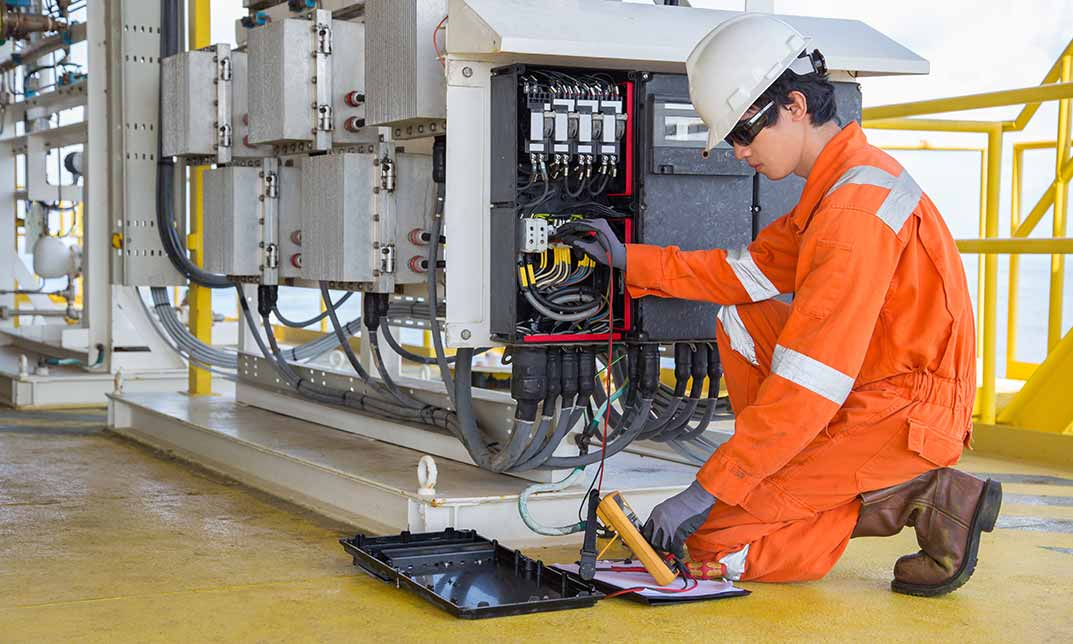
For 2025, the campaign focuses on e-mobility, lithium-ion battery safety, and disaster safety. It provides resources on how to safely purchase, use, and recycle lithium-ion batteries, which are commonly found in devices like cell phones, laptops, and electric scooters. Additionally, it offers guidance on avoiding electrical hazards during natural disasters:
Statistics
- In 2019 – 2023 electrical distribution or lighting equipment, such as wiring, lighting, cords, and plugs, was involved in the ignition of an estimated average of 31,647 reported home structure fires per year. These incidents caused an estimated average 425 civilian deaths, 1,279 civilian injuries, and $1.6B in direct property damage annually.
- Electrical distribution or lighting equipment ranked first in direct property damage, and third among the type of equipment involved in the number of home fires, home fire deaths and home fire injuries.
- Electrical wiring equipment was involved in the ignition of 4 percent of all home fires and 6 percent of the deaths in those fires.
- Cords or plugs were involved in the ignition of 1 percent of home structure fires but six percent of the deaths in those fires. Most of these fires were associated with extension cords.
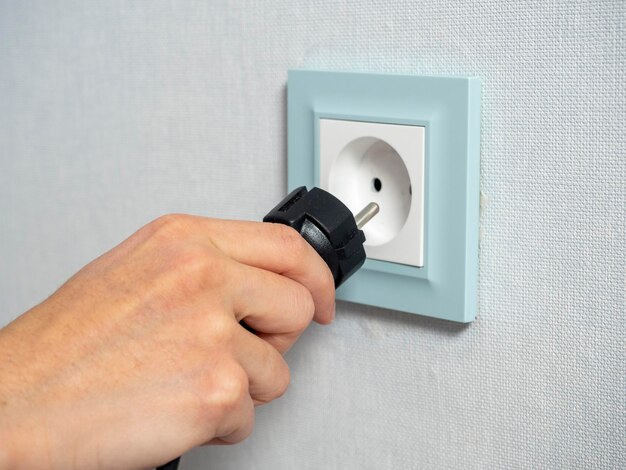
Safety Tips
- Have all electrical work done by a qualified electrician.
- When buying or remodeling a home, have it inspected by a qualified private inspector or in accordance with local requirements.
- Only use one heat-producing appliance (such as a coffee maker, toaster, space heater, etc.) plugged into a receptacle outlet at a time.
- Major appliances (refrigerators, dryers, washers, stoves, etc.) should be plugged directly into a wall receptacle outlet. Extensions cords and plug strips should not be used.
- Check electrical cords to make sure they are not running across doorways or under carpets. Extension cords are intended for temporary use.
Call a qualified electrician or your landlord if you have:
- Frequent problems with blowing fuses or tripping circuit breakers.
- A tingling feeling when you touch an electrical appliance.
- Discolored or warm wall outlets.
- A burning or rubbery smell coming from an appliance.
- Flickering or dimming lights.
- Sparks from an outlet.
Following these tips can help reduce the rate of fire accidents around the globe, especially the risk of electrical fire incidents in residential and industrial facilities.
FireWatch: World Updates
A fire that broke out last week at a diesel distribution facility in a municipality within the Monterrey Metropolitan area burned for more than four hours, consuming over 130,000 liters of fuel and resulting in burn injuries to at least three individuals.
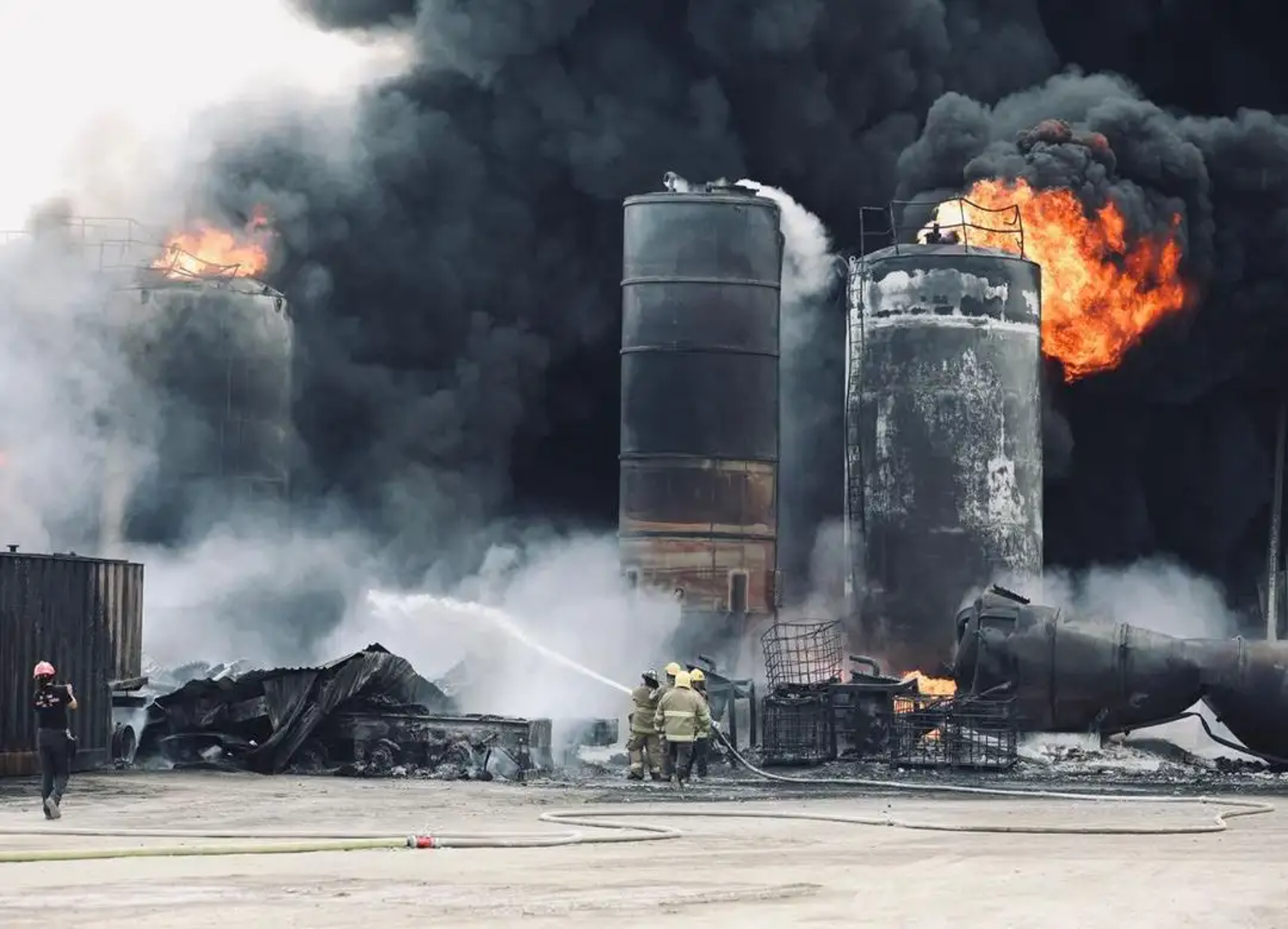
According to the State Civil Protection agency, the fire was reported at 2:26 p.m. at the facilities of Marvic, a diesel distillation company located at kilometer 48 on the free highway to Reynosa, Tamaulipas. The blaze was triggered by an explosion within the facility and went on to consume 13 tanker truck containers, each capable of holding up to 10,000 liters of fuel.
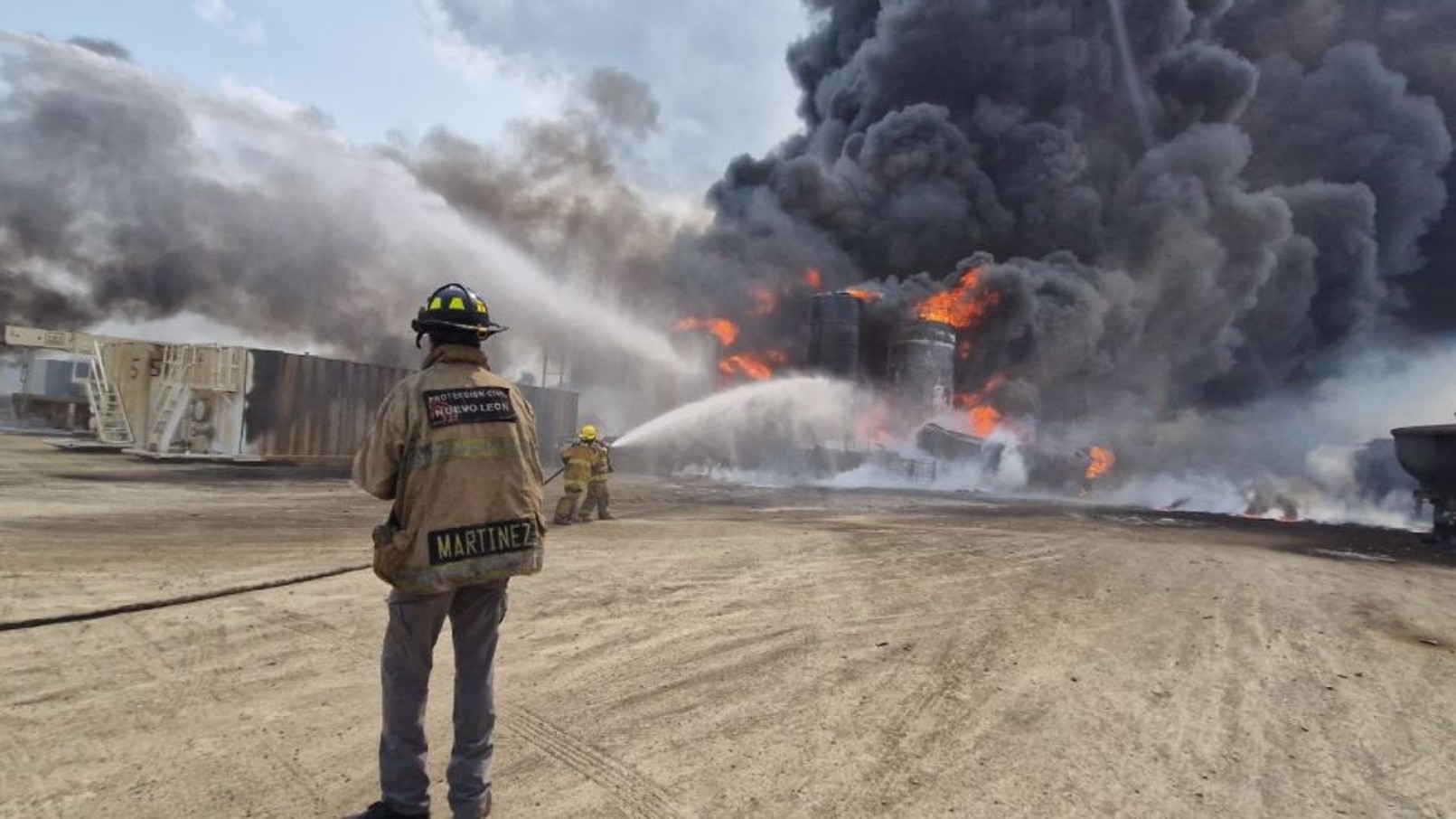
The Attorney General´s Office is now responsible of investigating the case, since its related to hydrocarbons. In Mexico, substances such as crude oil, natural gas, and coal, are vital energy resources of the nation, therefore falls into federal jurisdiction.
Ruhrpumpen's Spotlight
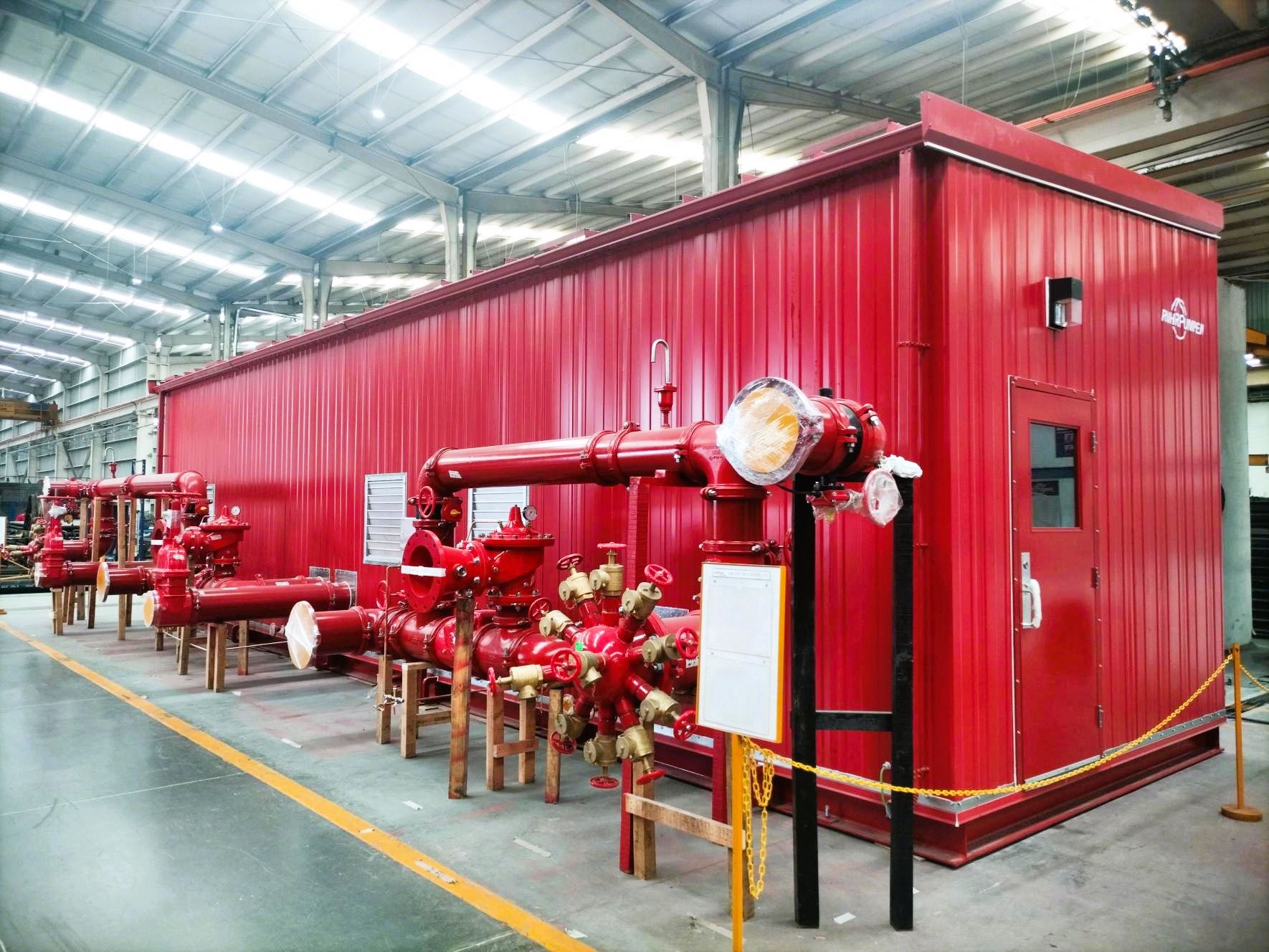
Having a domestic supply of refined oil products can be highly advantageous for a country. It reduces reliance on foreign energy sources, supports job creation, attracts international investment, and enables the export of oil—generating a valuable source of foreign revenue.
Fire safety encompasses a range of practices designed to minimize fire-related damage. These measures aim to prevent fires from starting and to control their spread and impact if they do occur. Fire safety protocols may be integrated during building design and construction or applied to existing structures. They also include training and resources provided to occupants. Common threats to fire safety are known as fire hazards.
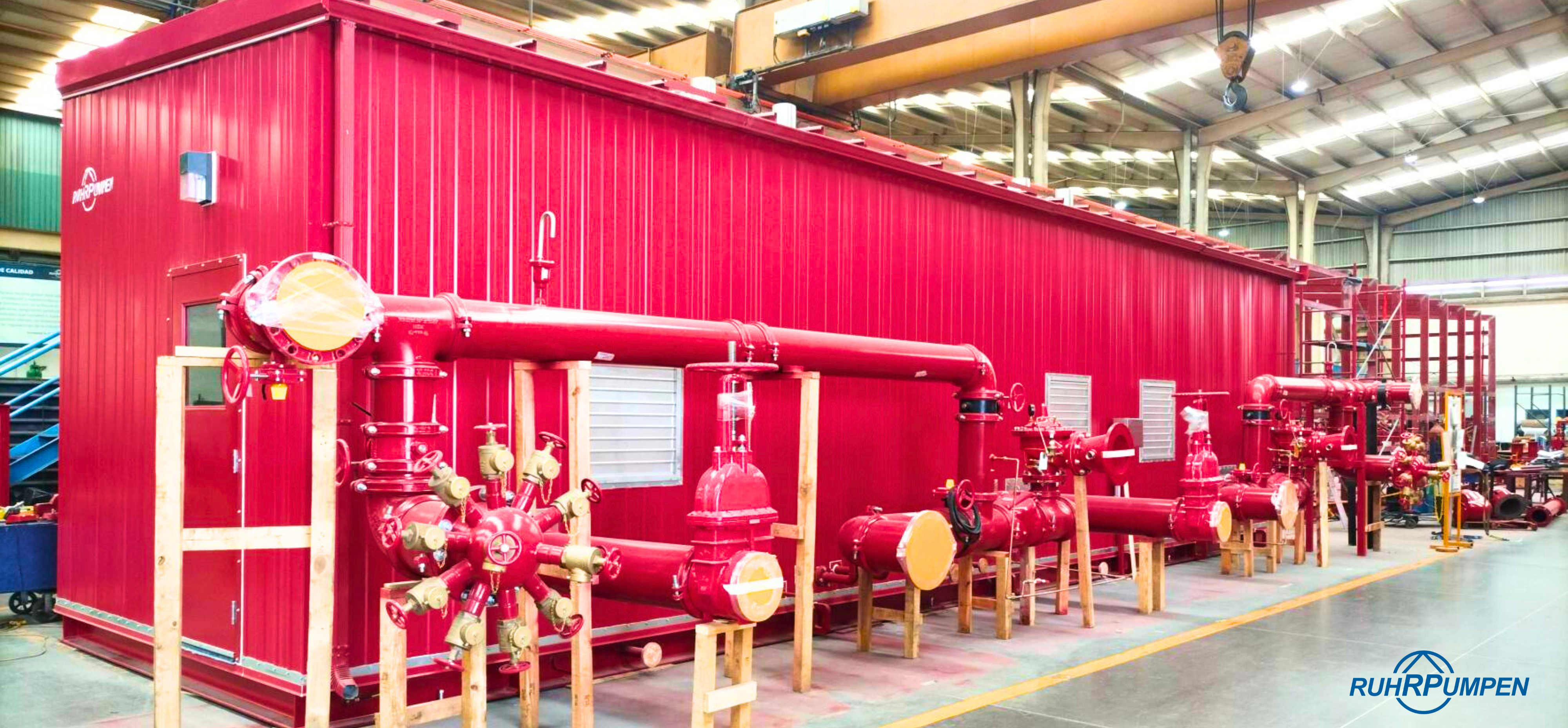
In industrial settings such as refineries, the Occupational Safety and Health Administration (OSHA) frequently references multiple safety standards during inspections. One key regulation is 29 CFR 1910.106, which governs the handling, storage, and use of flammable and combustible liquids—specifically those with a flash point below 200°F. This standard is largely based on the National Fire Protection Association’s NFPA 30: Flammable and Combustible Liquids Code. It addresses critical safety concerns such as facility design and construction, ventilation, ignition source control, and proper storage to mitigate the risks of explosion and fire.
Split Case Fire Pump |
Pre-Packaged Systems |
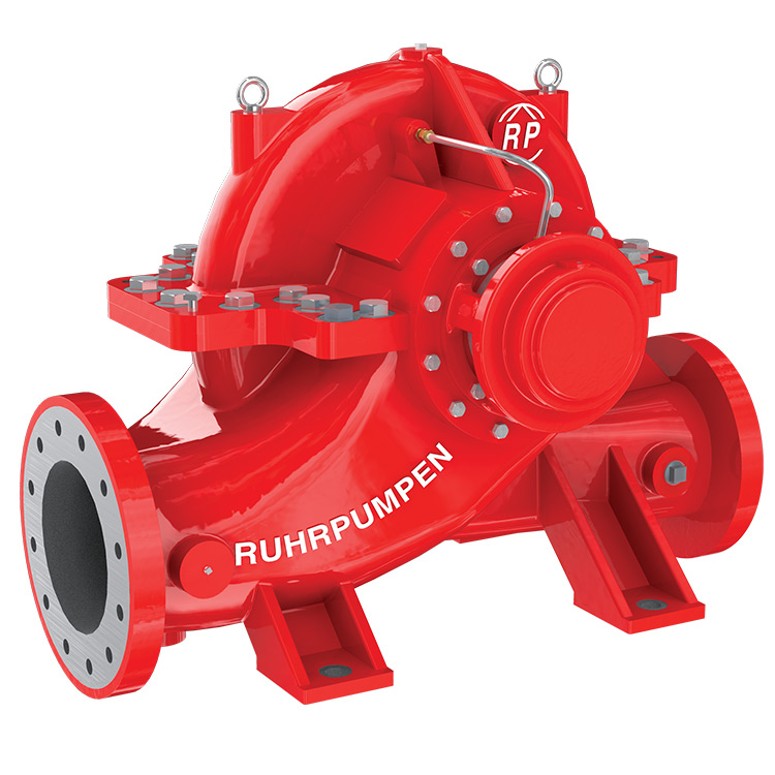 |
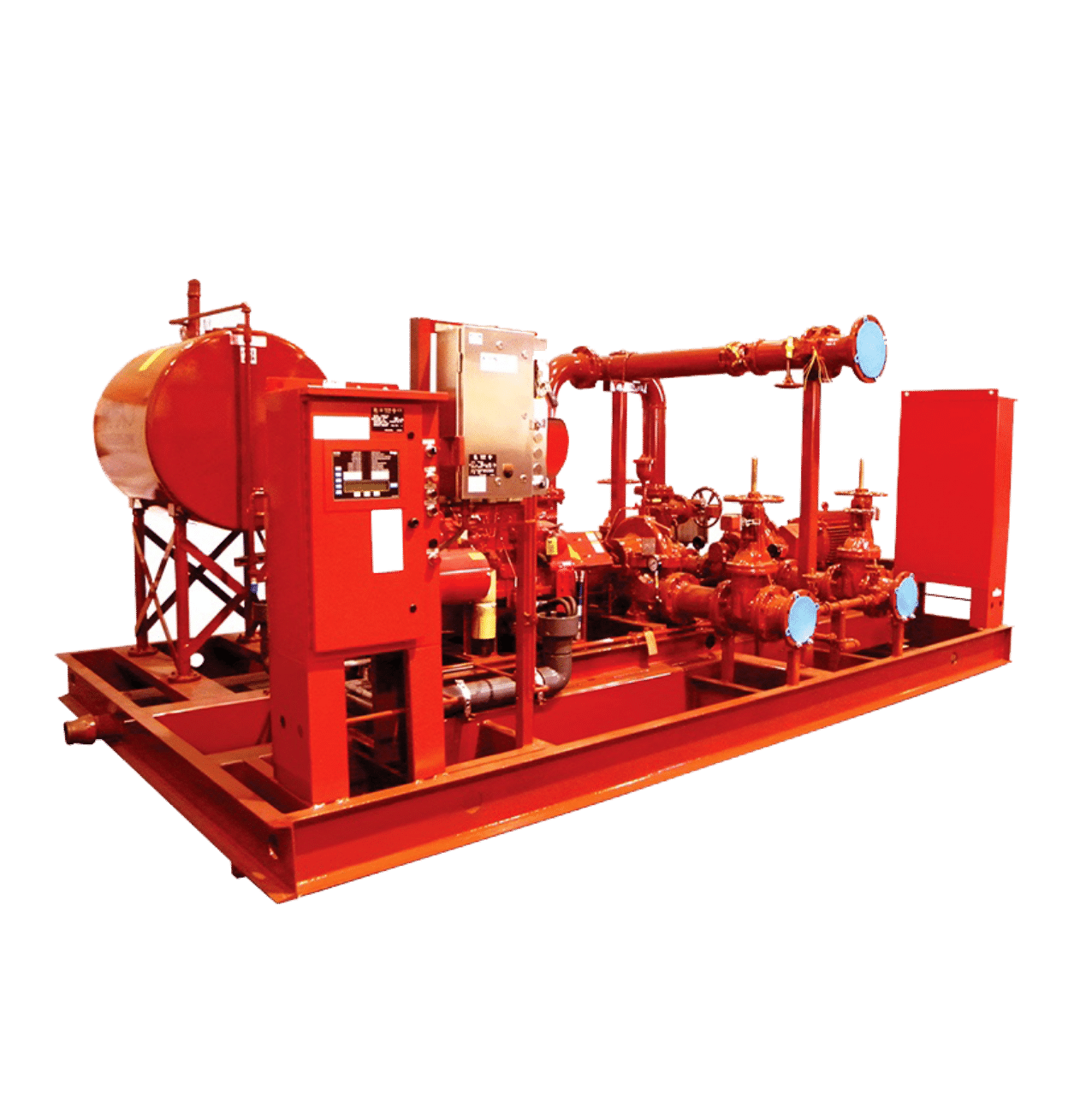 |
When emergencies occur, it’s better to be prepared. In case that happens, you want to be able to rely on the efficiency of your firefighting equipment to ensure the adequate water supply at required pressure. Ruhrpumpen is a world leading specialist in the design and manufacture of fire protection pump packages. Our durable fire water pumps offer a reliable solution to refineries around the world.
Our latest fire pump package is getting ready to be shipped to South America, to the South Cone! Three new diesel fire water pumps (ZW 12x10x24) and a jockey pump (VSSE 15-12) manufactured in 2 pump houses are ready to be shipped. The ZW pump is a horizontal, single stage, axially split case centrifugal pump designed and built according to the Hydraulic Institute (HI) standard (BB1 type).
Find more information about our fire pumps and systems clicking here
Ruhrpumpen's Fire Campus: April 2025
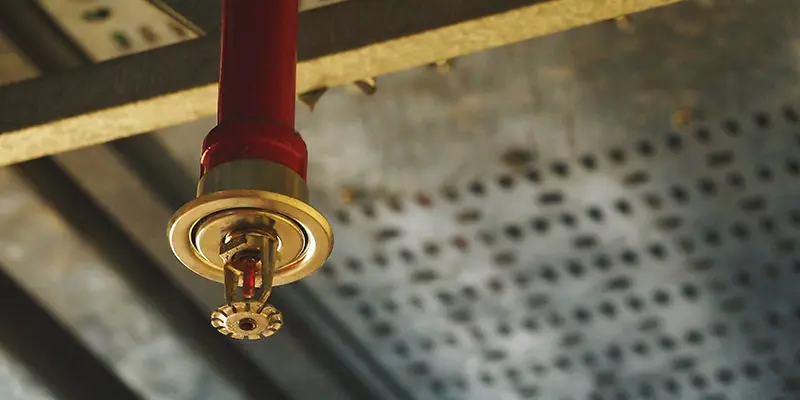
When designing a sprinkler system one of the first decisions a designer has to make is what type of sprinkler system should be installed. Types of sprinkler systems permissible by NFPA 13, Standard for the Installation of Sprinkler Systems, are wet, dry, preaction, and deluge. Other types of extinguishing systems, such as clean agent or water mist, are addressed by other standards. When selecting the appropriate sprinkler system type it is important to first understand the differences between the systems and then to understand how these differences can be beneficial, or detrimental, under certain conditions. Selecting the wrong system type can be costly.
Wet Pipe Systems
Wet pipe sprinkler systems are the most common. In this system the sprinkler piping is constantly filled with water. When the temperature at the ceiling gets hot enough the glass bulb or fusible link in a sprinkler will break. Since the system is already filled with water, water is free to flow out of that sprinkler head. Contrary to what Hollywood would have you think, not all sprinkler heads will operate at once in this type of system. The temperature around that specific sprinkler head needs to be high enough to break the glass bulb or fusible link that is holding water back. Once that happens, water will immediately start flowing from only that head.
Wet pipe sprinkler systems are the most reliable and cost effective. Therefore, they should be the first type considered when selecting a sprinkler system. However, there are times when a wet pipe sprinkler system may not be appropriate. One of the major factors in determining if a wet pipe system can be used is the temperature of the space to be protected. Will all areas of the building where the sprinkler piping is
located be conditioned to at least 40OF (4OC) or greater? If the answer is yes, then there is no risk for the water in the piping to freeze and a wet system is the preferred method. However, if the answer is no, an additional study may need to be done to determine if an engineer can prove that although the temperature could drop below 40OF (4OC) it will never drop low enough for the water to freeze. If the temperature of the space cannot be guaranteed to eliminate the risk of freezing water, then a different system type should be chosen.
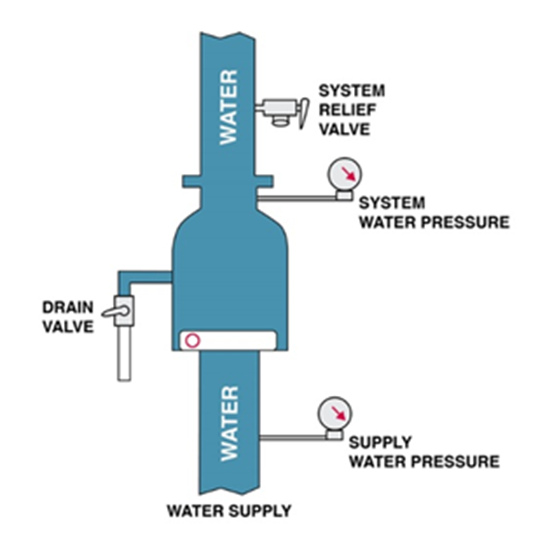
Source: NFPA
Dry Pipe Systems
Dry pipe systems are very similar to wet pipe systems with one major difference. The pipe is not constantly filled with water. Instead, the water is held behind a dry pipe valve usually some distance away from where the sprinklers are located. Like a wet pipe system, when the temperature at the ceiling becomes hot enough, the glass bulb or fusible link of the sprinkler breaks. However, in this case, water isn’t immediately available because the pipe is not water filled. Instead, air is released from the now open sprinkler head. This creates a drop in pressure causing the dry pipe valve to open and water to fill the system. Water will then flow from the open sprinkler head. Since there is a delay between sprinkler operation and water flow, the size of dry pipe systems is limited. The size limitation is intended to minimize the amount of time water delivery is delayed.
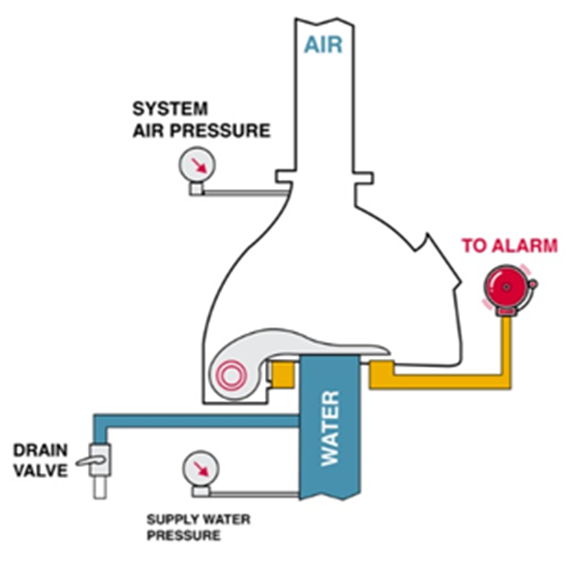
Source: NFPA
A dry pipe system is a great option for unconditioned spaces, or locations where the temperature of the space cannot be guaranteed to be high enough to prevent water in the system from freezing. It is important to note that a least the portion of the building where the water comes in and the dry pipe valve is located will need to have temperatures hot enough to prevent freezing.
Preaction Systems
Of all the sprinkler system types perhaps the most complicated is the preaction system. There are three different types of preaction systems, a non-interlock system, a single interlock system, and a double interlock system. The main difference between preaction systems and wet and dry pipe systems is that a specific event (or events) must happen before water is released into the system. This might sound similar to a dry pipe system, but the differences lie in what event triggers the release of the water:
· For a non-interlock system: the operation of detection devices OR automatic sprinklers
· For a single interlock system: the operation of detection devices
· For a double interlock system: the operation of detection devices AND automatic sprinklers
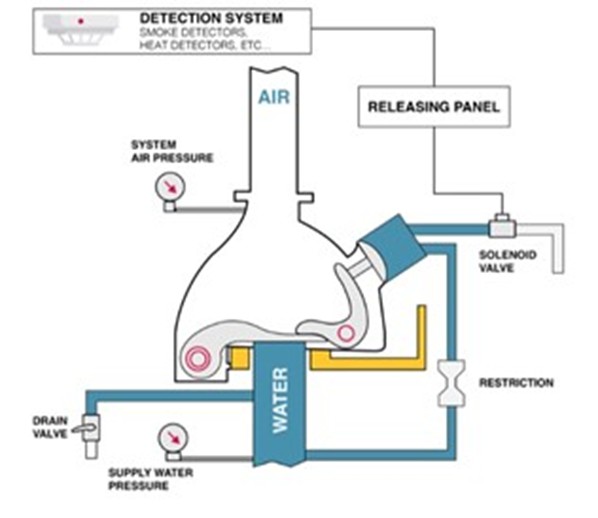
Source: NFPA
Deluge Systems
Deluge systems are similar to preaction systems in that they use another type of detection for operation. However, the biggest difference is that deluge systems use open sprinklers or nozzles. Instead of getting water flow from individual heads that have operated, once water fills the system, water will flow from every sprinkler head. Much like a preaction system, a deluge valve will keep water from filling the system until the operation of another type of detection system, such as smoke detection. Once that detection system is activated, water not only fills the system but flows from the open sprinklers or nozzles.
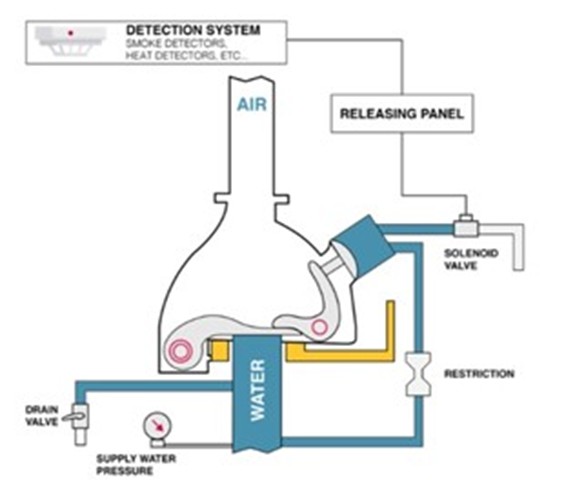 Source: NFPA
Source: NFPA
Each system type has its own unique benefits. It is important to consider the pros and cons of each system type when selecting which sprinkler system is appropriate for your specific environment.
FireWatch: World Updates, April 2025
A devastating fire swept through an overcrowded nightclub in North Macedonia early Sunday, claiming the lives of 59 people and injuring 155 others as panic erupted during a live concert. The incident has drawn national scrutiny toward corruption within the small Balkan nation, with authorities detaining 15 individuals in connection with the tragedy.

Health Minister Arben Taravari warned that the death toll could rise, noting that 20 of the injured remain in critical condition. In response, the government has declared a seven-day period of national mourning. The fire broke out before dawn in the eastern town of Kocani, where many of the victims—predominantly young people—suffered from severe burns, smoke inhalation, and injuries caused by a stampede toward the nightclub's only exit.
Footage captured pyrotechnics on stage igniting the ceiling, followed by chaotic scenes as the crowd struggled to flee. Musicians urged people to escape as the venue filled with smoke. Marija Taseva, 19, who had been attending a local pop concert at Club Pulse, recounted the terrifying moments: “We even tried to get out through the bathroom, only to find bars on the windows,” she told The Associated Press. “I somehow got out. I fell down the stairs and got trampled... I barely made it out alive and could hardly breathe.” Taseva sustained facial injuries in the chaos.
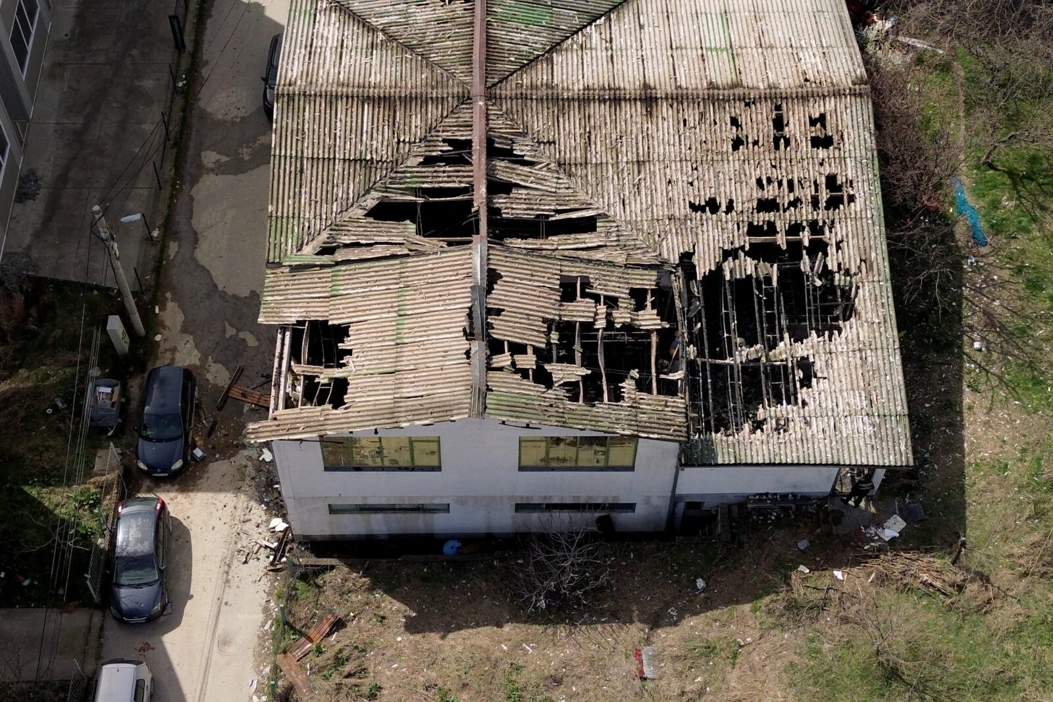
The blaze caused part of the roof of the single-story structure to collapse, exposing charred beams and debris. Police secured the area and launched a joint investigation with state prosecutors. Interior Minister Panche Toshkovski said 15 people were being held for questioning, revealing that the club lacked the necessary operating license. He also stated that the venue was at least twice over its permitted capacity of 250 people. “We have reason to suspect bribery and corruption in this case,” Toshkovski added, though he did not provide further details.
Ruhrpumpen´s Spotlight: April 2025
Currently, the combined capacity of the existing vaporizers inside an LNG Energy Center in Northern US, is insufficient to meet the forecasted peak demand for upcoming winters. Therefore, 2 new vaporizers were built to keep providing gas services to customers in the community, when the weather is coldest, which avoids the need to shut down gas service leaving customers in the cold.
When emergencies occur, it is better to be prepared. In case that happens, you want to be able to rely on the efficiency of your firefighting equipment to ensure the adequate water supply at required pressure. Our industrial fire pumps are available in electric motor or diesel engine driven configurations. They can be skid mounted fire pumps or fully housed packaged systems ready for installation.
During the assembly process each pump goes through meticulous production controls, inspections, and tests. We use advanced testing techniques and measure with precise calibration instruments that enable us to accurately inspect every fire suppression equipment. We guarantee that the operation of each Fire Pump complies with the required standards, NFPA-20 and UL/FM.
The fire water pump package delivered this month consisted of two (2) vertical, three-stage pumps of model 28C-980. Each pump featured a 28-inch bowl with three stages and was engineered for high durability and performance in demanding fire protection applications.
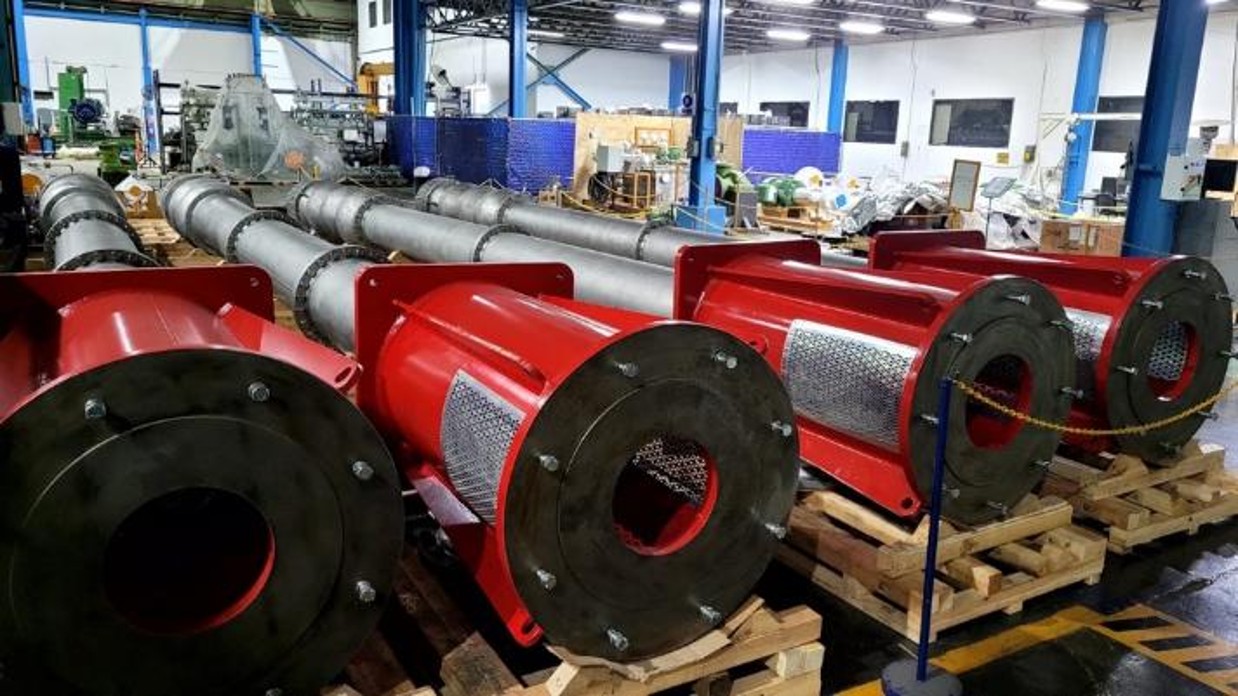
Key Specifications:
· Pump Type: Vertical, 3-stage (Model 28C-980)
· Bowl Size & Configuration: 28" diameter, 3 stages
· Pump Construction Material: Super Duplex Stainless Steel
· Bowl Material: Super Duplex Stainless Steel
· Impeller Material: Super Duplex Stainless Steel
· Discharge Nozzle Assembly: 18" Carbon Steel nozzle head with all wetted parts constructed from Super Duplex Stainless Steel
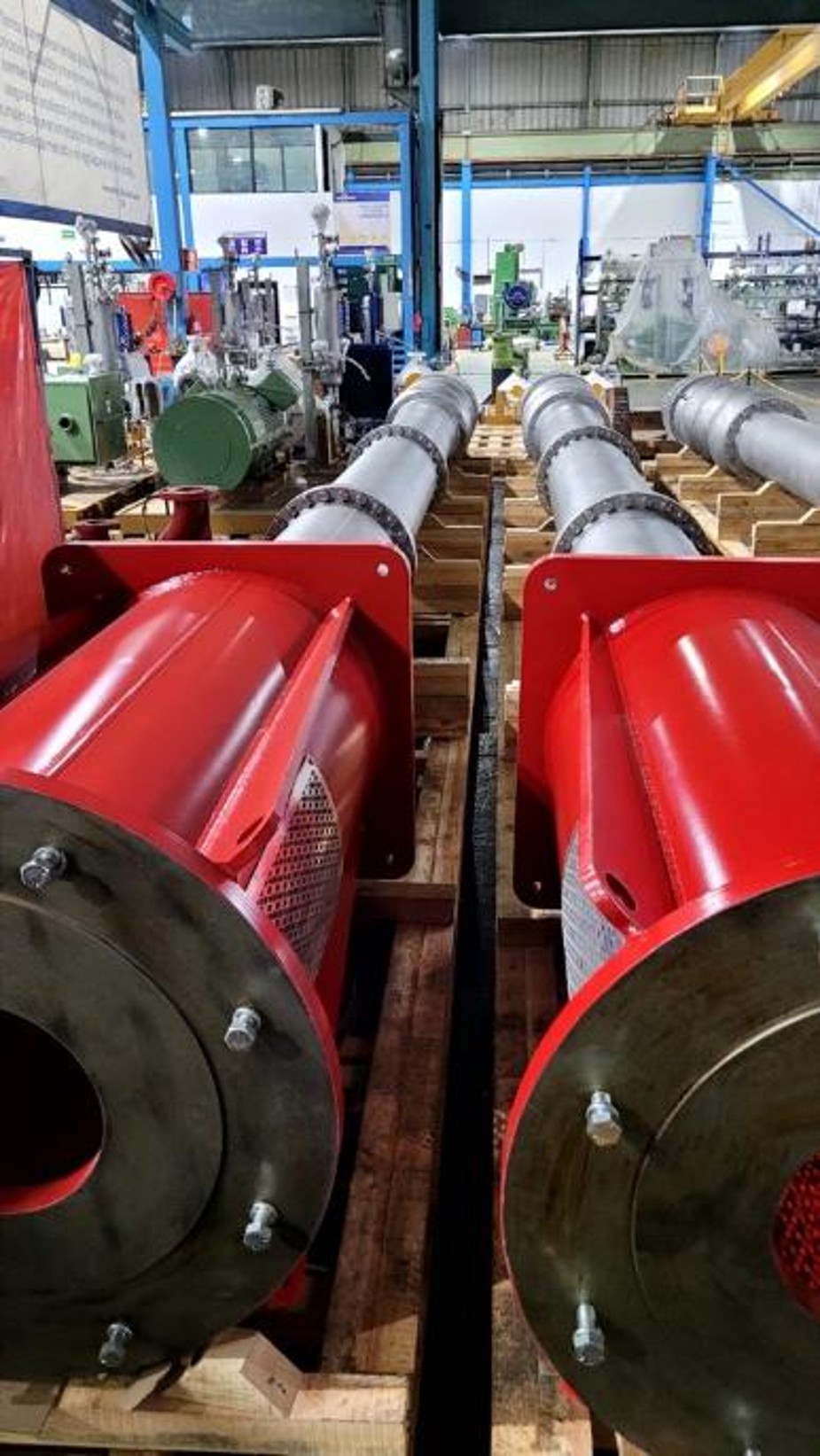
This configuration ensures superior resistance to corrosion, especially in harsh environments, while maintaining high operational efficiency and reliability in critical fire protection systems.
Find more information about our vertical pumps clicking here
